Overview
Have you ever wondered how composable commerce is changing the game for equipment manufacturing? It’s all about boosting online sales efficiency, creating personalized customer experiences, and quickly adapting to market shifts. By integrating various digital solutions, companies can streamline purchasing processes and see real sales growth. Plus, data analytics plays a crucial role—it helps businesses make informed decisions and improve their operational efficiency.
Think about it: when you can tailor experiences to your customers and respond swiftly to changes, you’re not just selling products; you’re building relationships. This approach not only makes the buying process smoother but also enhances customer satisfaction. So, why not explore how these digital tools can transform your business? Let’s dive into the world of composable commerce together and see what it can do for you!
Introduction
In today's fast-paced world of equipment manufacturing, adapting and innovating isn't just a nice-to-have—it's essential. Have you ever felt the pressure to keep up? Well, composable commerce is stepping in as a game-changer, helping manufacturers streamline their sales processes and create better customer experiences with customized digital solutions. But here's the catch: while it promises greater efficiency and profitability, navigating this shift can be tricky.
So, how can manufacturers not just keep up but truly thrive in this competitive landscape? Let's dive into seven key ways composable commerce is transforming the equipment manufacturing sector, uncovering its benefits and practical strategies for implementation.
GenAlpha Technologies: Streamline Online Sales with Composable Commerce
At GenAlpha Technologies, we’re leveraging the power of to develop a flexible and efficient environment for manufacturers. Imagine being able to navigate and purchase products with ease—that’s what our improved search features bring to the table! By integrating a variety of , businesses can streamline their , making it simpler for clients to find what they need. This not only enhances the user experience but also boosts sales growth by offering a .
Did you know that over 90% of B2B companies have shifted to a virtual sales model since 2020? With , manufacturers can quickly adapt to consumer demands, ensuring their online platforms remain competitive and responsive. Plus, our unlock , which further enhances and increases sales efficiency.
Ultimately, this approach paves the way for profitability in a fast-changing digital landscape. And with global B2B e-commerce projected to grow at a remarkable 14.5% CAGR until 2026, now is the perfect time to embrace these innovations. So, are you ready to elevate your online sales strategy?
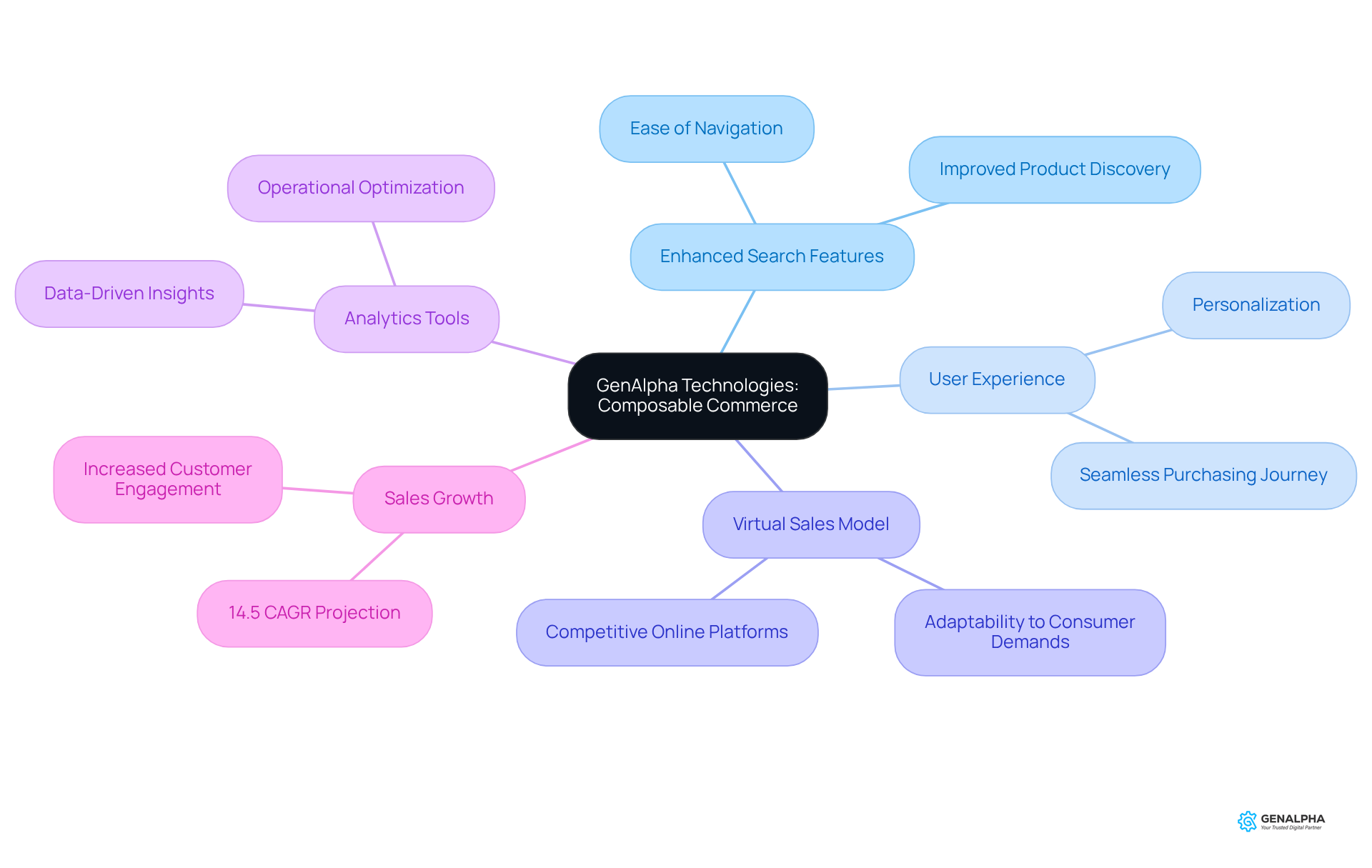
Commercetools: Achieve Flexibility and Scalability in Digital Solutions
Have you ever felt the pressure of keeping up with ? Commercetools is here to help! Their robust platform is composable, providing producers the in today’s fast-paced digital world. This architecture allows businesses to quickly and ever-evolving consumer demands, ensuring they stay ahead of the competition.
By utilizing a , producers can easily roll out new features and functionalities without needing to overhaul their entire system. This means greater and the ability to pivot swiftly in response to changing business environments. Imagine being able to and seamlessly!
Ultimately, this capability in a . So, why not explore how Commercetools can ? The possibilities are endless!
Best-of-Breed Technology: Tailor Solutions for Operational Efficiency
Using top-notch technology allows producers to develop that address specific operational challenges. This approach ensures that every composable part of the digital ecosystem is optimized for peak performance, leading to greater efficiency and reduced operational costs. By carefully choosing the right composable tools, manufacturers can streamline their processes and significantly enhance productivity.
For instance, Precision Engineering Co. achieved a remarkable 30% reduction in lead times by implementing a . This example demonstrates how composable personalized strategies can result in substantial improvements in . Plus, over 40% of companies reported lower production costs after adopting composable applications, demonstrating the effectiveness of customized digital tools.
As Michael Porter noted, maintaining a consistent strategic direction while continuously improving is essential. This makes it vital for producers to embrace composable methods that are and goals. Furthermore, with 75% of industrial sectors integrating specialized applications to create composable solutions that refine their processes, the shift towards is clear.
W. Edwards Deming once said, "Learning is not compulsory; it’s voluntary. Improvement is not compulsory; it’s voluntary. But to survive, we must learn." This highlights the importance of ongoing improvement in our ever-changing landscape. GenAlpha's Equip360 platform is a perfect example of how can boost [operational efficiency](https://reverscore.com/85-quotes-operational-excellence-and-continuous-improvement) for producers.
So, are you ready to explore how these tailored approaches can transform your operations?
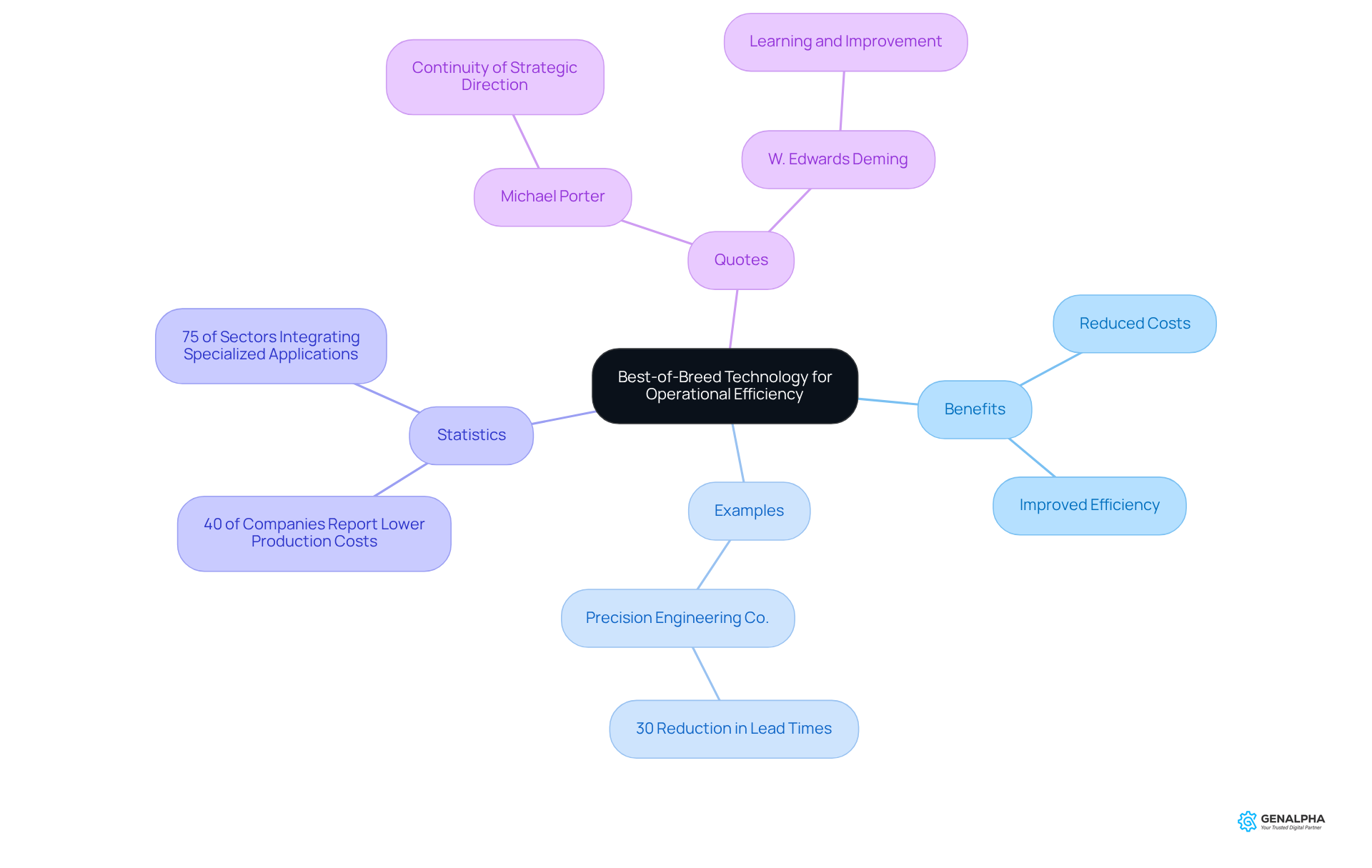
Enhanced Customer Experience: Personalization and Streamlined Purchases
Have you ever wished for a that feels like it was made just for you? That’s where the concept of becomes relevant! It allows manufacturers to and really hit home with individual preferences. By tapping into and , businesses can make the smoother and more user-friendly.
Imagine walking into a store where everything is designed with your tastes in mind—that’s the ! Not only does this boost , but it also builds loyalty, encouraging you to come back for more. So, why not explore how this approach can ? Let’s dive in and see how it can work for you!
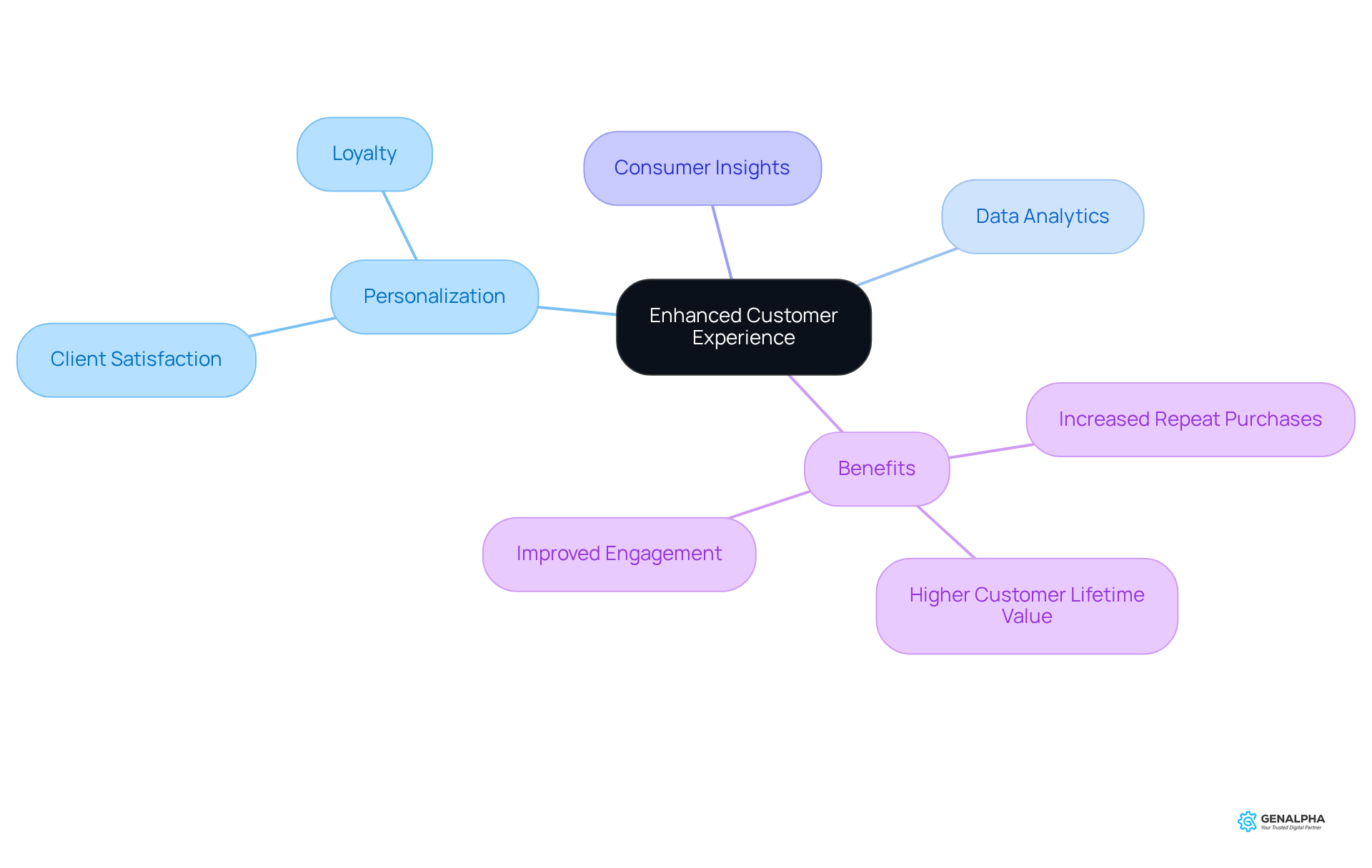
Agility in Market Adaptation: Stay Competitive with Composable Commerce
Using composable commerce is like having your secret weapon for staying ahead in a fast-paced world. It allows manufacturers to quickly adapt to shifting industry conditions and customer expectations. This agility means businesses can embrace new strategies and technologies without missing a beat, keeping them on the cutting edge of trends. Did you know that a whopping 92% of retail executives are fully committed to composable commerce? They see its potential to speed up launches and integrate smoothly with their existing tech tools. In fact, 26% of brands made the switch specifically to boost their speed to market—talk about staying competitive! Plus, 96% of retail executives are very or extremely familiar with composable commerce, highlighting how mainstream composable solutions have become.
By tapping into these capabilities, manufacturers can not only but also seize new opportunities. For instance, companies that embrace can significantly improve customer engagement and loyalty, driving growth in a rapidly changing landscape. As Mike Cohn wisely puts it, 'It doesn’t matter how good you are today; if you’re not better next month, you’re no longer agile.' This mindset is essential for manufacturers looking to .
So, what can manufacturers do?
- Embrace Composable Commerce: Think about adopting to boost your agility and responsiveness to market changes.
- Leverage : Use analytics tools to gain insights into consumer behavior and , helping you make informed decisions.
- Integrate Seamlessly: Make sure new technologies blend smoothly with your existing systems to minimize disruption and maximize efficiency.
- Focus on : Develop strategies that prioritize client engagement and loyalty to fuel growth.
- Stay Informed: Keep an eye on industry trends and innovations to stay competitive and adaptable.
By putting these strategies into action, manufacturers can navigate the complexities of today’s industry and set themselves up for success.
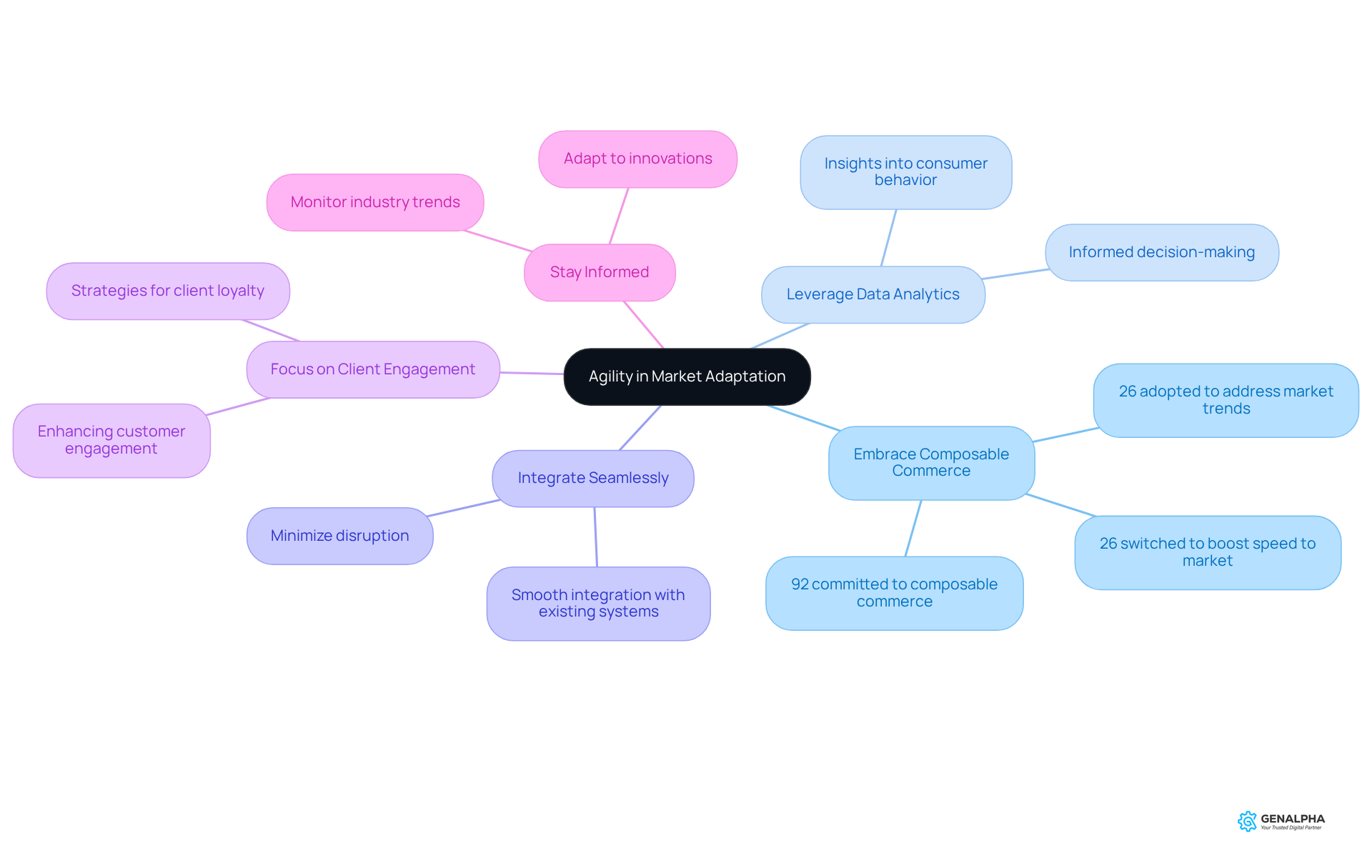
Data-Driven Insights: Leverage Analytics for Informed Decision-Making
Harnessing is key for making smart decisions in the manufacturing world. Have you ever wondered how advanced can help businesses uncover valuable insights into client behavior, , and market dynamics? For example, companies that use predictive analytics see an average revenue boost of 15%! Plus, , highlighting just how crucial data is for .
By taking a closer look at customer interactions and preferences, producers can tailor their offerings, leading to happier customers and stronger loyalty. Additionally, analytics tools allow for of inventory levels, which helps producers manage stock more effectively and cut costs. It's also important to focus on ; organizations that prioritize these areas are better positioned to access the data they need for effective decision-making.
Experts agree that leveraging analytics not only enhances operational efficiency but also nurtures a culture of continuous improvement within organizations. Hilary Mason points out that asking the right questions when interpreting data is essential for extracting meaningful insights. Take , for instance—it's designed to and boost digital sales performance.
By weaving analytics into their operations, producers can make strategic choices that enhance efficiency, ultimately setting themselves up for success in a competitive landscape. So, are you ready to dive into the world of data-driven decision-making?
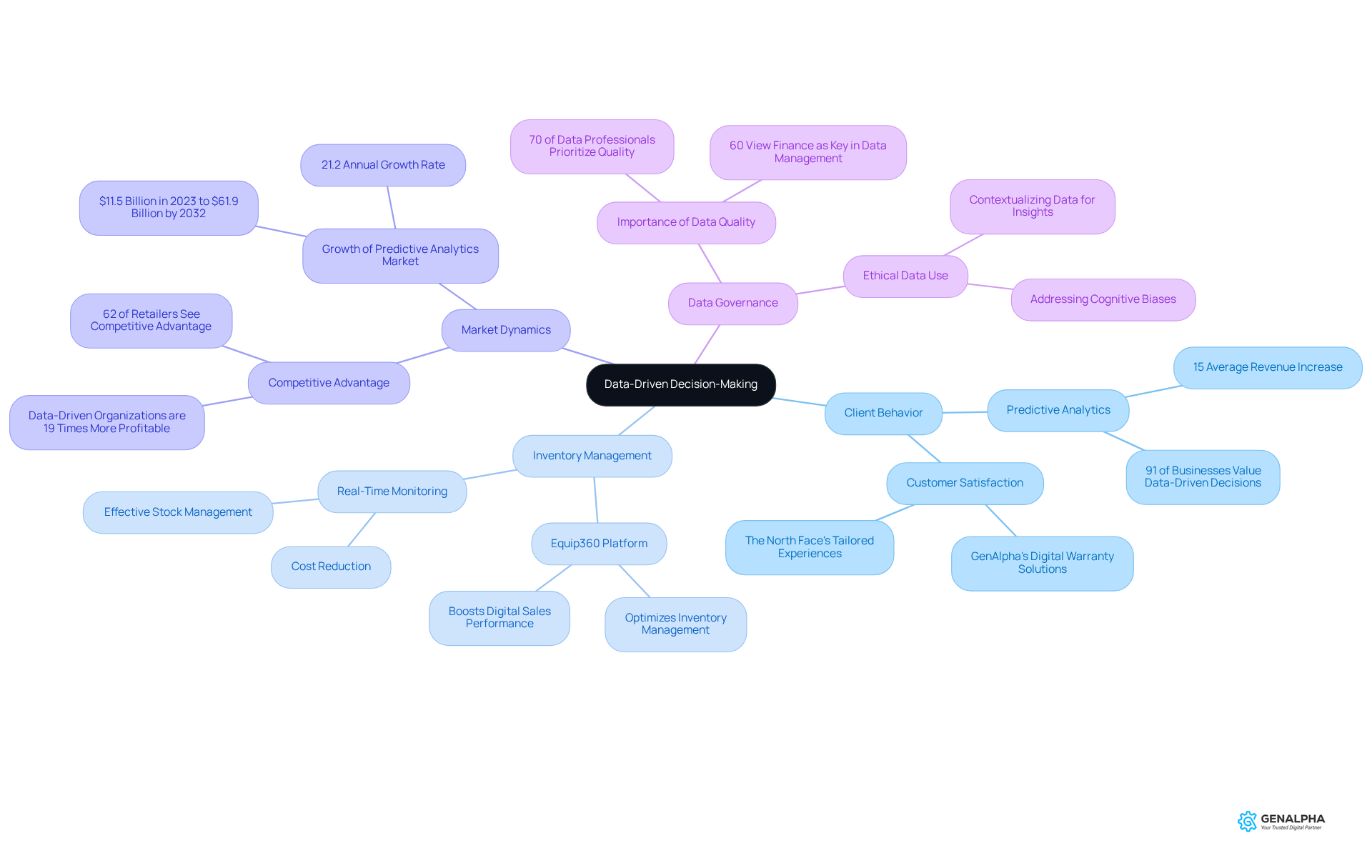
Optimized Inventory Management: Reduce Costs and Improve Efficiency
is super important for in manufacturing. Imagine having real-time visibility into your inventory levels—sounds great, right? By utilizing composable solutions for commerce, businesses can make informed decisions about stock replenishment and order fulfillment. This proactive approach helps and slashes carrying costs, which ultimately enhances profitability.
Current trends show that 67% of businesses are planning to roll out by 2025. This reflects a growing recognition of the need for better visibility in the equipment manufacturing sector. Plus, companies that use have reported a 10-15% decrease in total inventory levels. This aligns perfectly with ' mission to empower producers through optimized inventory management.
As producers focus more on real-time visibility, they can expect and operational performance. This can lead to a in the market. So, if you're looking to boost your operations and profitability, consider investing in demand forecasting tools and real-time inventory systems. It’s a smart move that can really pay off!
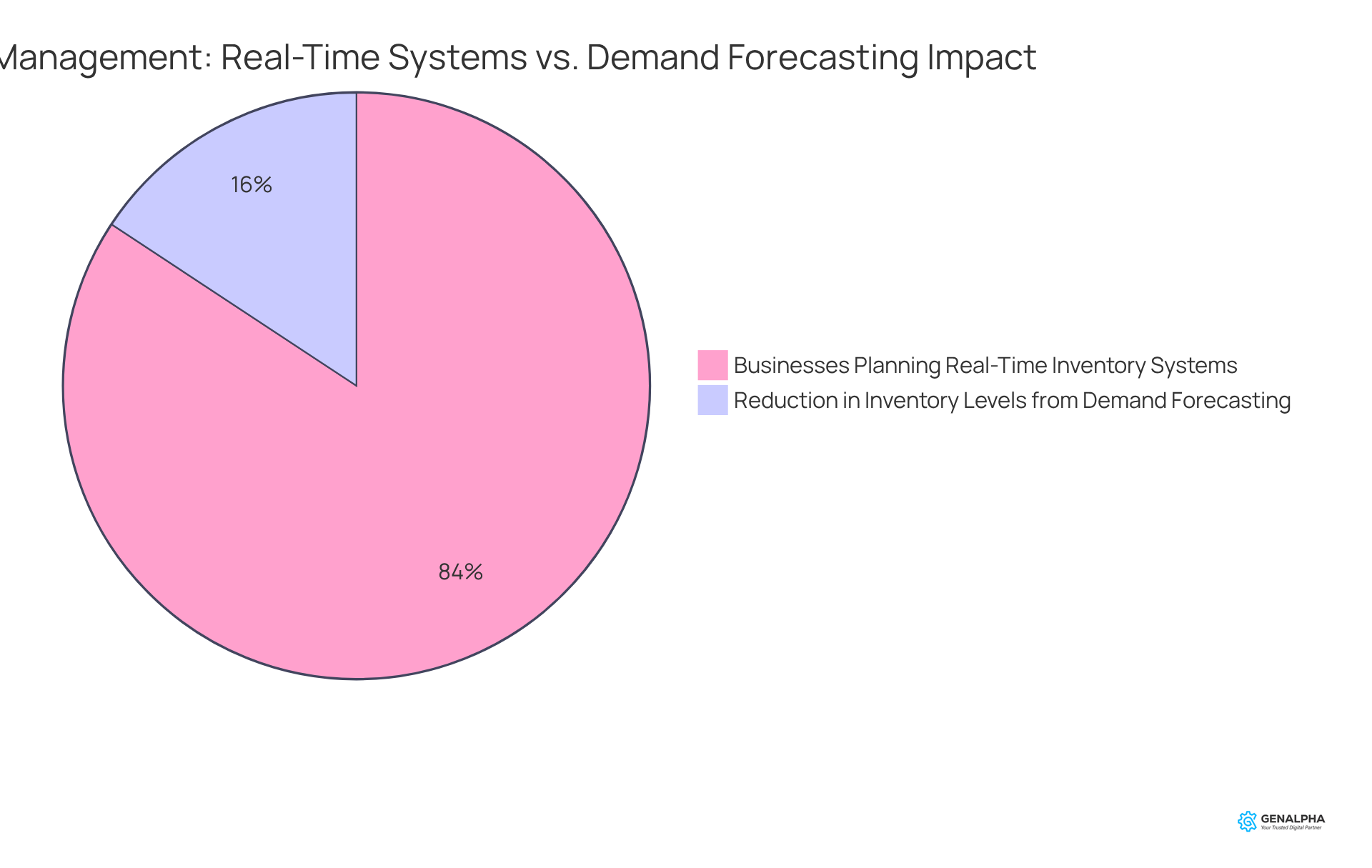
Modular Implementation: Minimize Disruption During Upgrades
Have you ever considered how a could transform your operations? It allows producers to enhance their systems in a composable manner with minimal disruption. By adopting a , businesses can roll out new technologies step by step, keeping existing processes intact and significantly reducing downtime. This strategy not only encourages ongoing advancement but also enhances the overall in a composable way.
For example, projects that managed to cut schedules by 50% or more saw average cost savings of $10.93 per square foot. Meanwhile, those that reduced schedules by at least 25% saved about $5.81 per square foot. These figures really showcase the financial perks of ! Plus, a whopping 92% of contractors have turned to prefabricated and modular construction methods to ramp up productivity, with 85% choosing these methods for a competitive edge. This clearly highlights the effectiveness of in phases within the equipment manufacturing sector.
As Thomas Edison wisely said, 'There is no substitute for hard work.' By planning with a composable approach, manufacturers can navigate transitions smoothly, ensuring operational efficiency and keeping clients happy.
So, how can you start implementing ? A great first step is to conduct a thorough assessment of your current systems and pinpoint areas where you can make incremental upgrades without disrupting your ongoing operations. Ready to take the leap?
Improved Interdepartmental Collaboration: Enhance Communication and Efficiency
You know, improved is key for boosting communication and efficiency in manufacturing organizations. Imagine teams effortlessly exchanging information and insights through composable systems—this leads to better coordination and faster decision-making in commerce. Not only does this collaborative approach ramp up productivity, but it also enhances the overall client experience by making sure all departments are on the same page. Did you know that companies embracing teamwork and collaboration are five times more effective than those that don’t? Plus, purposeful communication can boost employee productivity by a whopping 60%! That really shows how much .
So, how can organizations ? One great step is to implement . Additionally, utilizing . By adopting these solutions, producers can create a cohesive strategy that not only but also meets client needs more efficiently. What steps are you considering to enhance collaboration in your organization?

Foster Innovation: Drive Growth Through Composable Commerce
in the manufacturing sector, especially when we consider . This approach really empowers businesses to play around with , helping them stay ahead of the competition. By embracing innovation, manufacturers can seriously boost their product offerings and enhance client satisfaction. For example, companies that are using have seen downtime drop by as much as 30%. That’s a game-changer for operational efficiency and customer trust!
Additionally, incorporating composable solutions in commerce allows for that meet specific needs, which can drive sales and expand market share. Did you know that the is expected to skyrocket from USD 5.94 billion in 2024 to a whopping USD 230.95 billion by 2034? That’s an impressive CAGR of 44.20%! So, manufacturers who hop on these will be in a fantastic position to thrive in this rapidly changing landscape. Are you ready to embrace innovation and take your business to the next level?
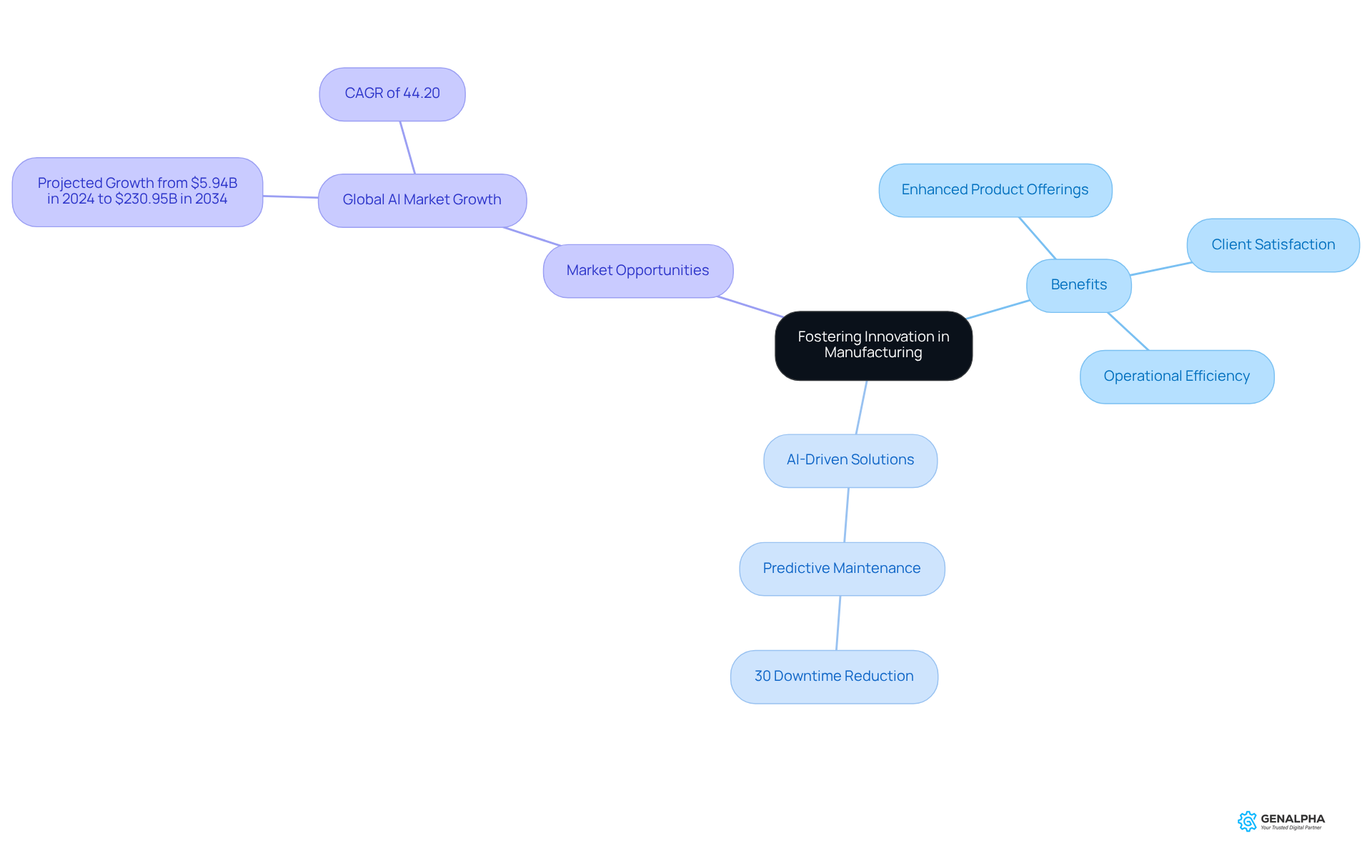
Conclusion
Composable commerce is shaking up the equipment manufacturing scene, giving businesses the flexibility and adaptability they need to thrive in a fast-paced market. This fresh approach allows manufacturers to tailor their digital solutions, streamline sales processes, and improve customer experiences, all of which drive growth and profitability.
Throughout this article, we've highlighted some key perks of composable commerce. For instance, GenAlpha Technologies is enhancing online sales environments, while Commercetools offers scalability that helps manufacturers respond quickly to market demands. Plus, the focus on data-driven insights, optimized inventory management, and better interdepartmental collaboration shows just how composable solutions can boost operational efficiency and cut costs. By cultivating a culture of innovation, companies can harness new technologies to stay ahead of the competition and meet the ever-changing needs of their customers.
So, why should you embrace composable commerce? It's not just a passing trend—it's a strategic necessity for manufacturers aiming to succeed in today’s digital landscape. By adopting these innovative practices, you can enhance your agility, improve customer satisfaction, and ultimately drive sustained growth. The time to act is now! Let’s explore how composable commerce can transform your operations and set your company up for future success.
Frequently Asked Questions
What is composable commerce and how does it benefit manufacturers?
Composable commerce is a flexible approach that integrates various digital solutions to streamline online sales processes for manufacturers. It enhances user experience by improving search features, making it easier for clients to find products, ultimately boosting sales growth through a tailored purchasing journey.
How has the shift to virtual sales impacted B2B companies?
Since 2020, over 90% of B2B companies have transitioned to a virtual sales model. This shift allows manufacturers to adapt quickly to consumer demands and maintain competitive online platforms.
What role do analytics tools play in composable commerce?
Analytics tools provide valuable data-driven insights that help optimize operations, enhance customer engagement, and increase sales efficiency for manufacturers.
What is the projected growth rate for global B2B e-commerce?
Global B2B e-commerce is projected to grow at a remarkable 14.5% CAGR until 2026.
How does Commercetools support businesses in a fast-paced digital environment?
Commercetools offers a composable platform that provides flexibility and scalability, allowing businesses to quickly adapt to market changes and evolving consumer demands without overhauling their entire system.
What advantages does a composable microservices framework provide?
A composable microservices framework enables producers to roll out new features and functionalities easily, enhancing operational agility and allowing for swift pivots in response to changing business conditions.
How can best-of-breed technology improve operational efficiency for manufacturers?
Best-of-breed technology allows manufacturers to create composable digital offerings tailored to specific operational challenges, leading to optimized performance, greater efficiency, and reduced operational costs.
Can you provide an example of a company that benefited from composable solutions?
Precision Engineering Co. achieved a 30% reduction in lead times by implementing a tailored tracking system, showcasing how composable strategies can significantly improve operational efficiency.
What percentage of companies reported lower production costs after adopting composable applications?
Over 40% of companies reported lower production costs after implementing composable applications.
Why is ongoing improvement important for manufacturers?
Ongoing improvement is crucial for survival in a constantly changing landscape, as highlighted by W. Edwards Deming. Embracing composable methods tailored to unique needs is essential for manufacturers to thrive.




